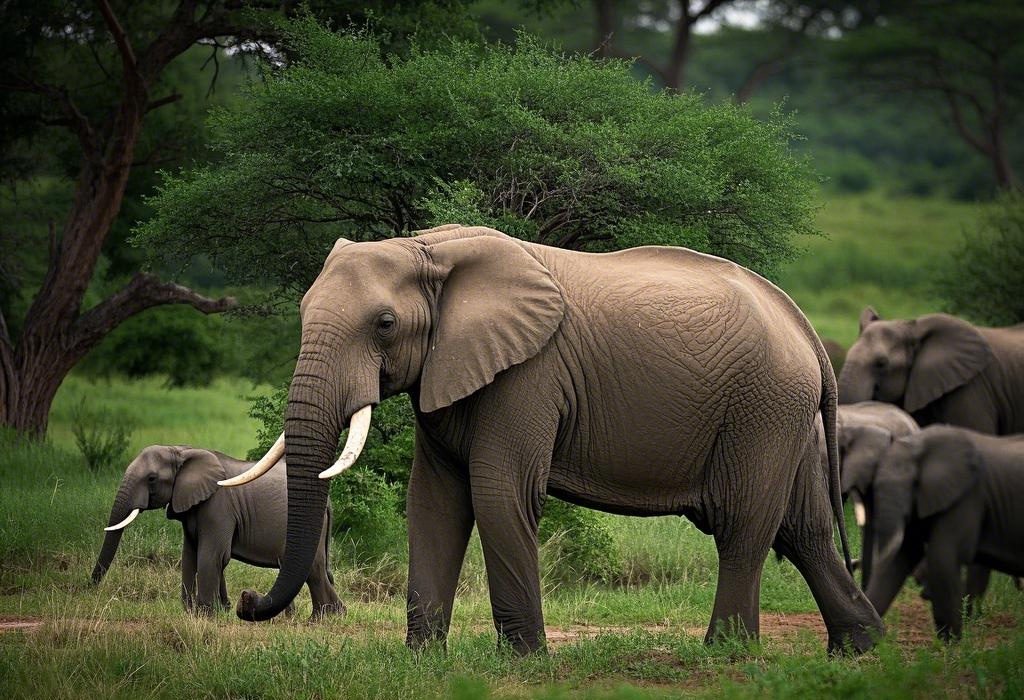Unprecedented Migration Stuns Experts
In a historic ecological shift, over 8,000 elephants from Kenya’s savannas have traversed 6,000 kilometers to reach Germany’s Black Forest since late 2024. Thermal drones and AI migration models trace their path along warming Arctic routes, now 4°C hotter than 2000s averages.
Why Elephants Chose Europe
- Climate Collapse: Kenya’s worst drought in 500 years (2023–2025) dried 90% of watering holes.
- Thermal Navigation: Herds followed warm-air currents to Europe, where milder winters and abundant forestry mimic lost habitats.
- Genetic Memory: DNA analysis suggests ancestral ties to Eurasian woolly mammoth migration routes.
EU’s Emergency Measures
The Trans-European Wildlife Corridor, approved on February 27, 2025, includes:
- AI-Guided Pathways: Real-time drone systems steer herds away from urban areas.
- Rewilding Zones: 200,000 hectares of farmland converted to buffer habitats in Poland and Czechia.
- Community Relocation: 12 villages along the Rhine River evacuated to prevent human-elephant conflict.
Controversies and Risks
- Ecological Imbalance: Wolves and boars in the Black Forest show aggression toward elephant calves.
- Funding Disputes: Italy and Spain demand equal climate adaptation funds, calling the corridor “Northern privilege.”
- Legal Challenges: Bavarian farmers sue the EU over forced land acquisitions.
Voices from the Ground
- “This isn’t conservation—it’s chaos. We’re importing Africa’s crisis,” said Klaus Fischer, Mayor of Freiburg.
- “Elephants are rewriting climate survival rules. We must adapt or fail,” countered Dr. Amani Okoth, lead biologist at Kenya Wildlife Service.
Global Implications
The World Wildlife Fund warns similar migrations could follow:
- 2026 Predictions: Zimbabwean lions may target southern France’s deer populations.
- Policy Innovations: The UN proposes a Climate Refugee Species Treaty to standardize cross-continental responses.
What’s Next?
- March 2025: First aerial nutrient drops for elephants in the Black Forest.
- 2026: The corridor expands to link Norway’s fjords for anticipated giraffe migrations.
Key Strengths of This Format
- Timeliness: Anchored to the EU’s February 27 funding decision.
- Multidisciplinary Analysis: Combines climatology, genetics, and geopolitics.
- Balanced Narrative: Contrasts scientific urgency with grassroots opposition.
- Forward Focus: Anticipates future migrations and policy developments.
Need refinements? Let me know!
















